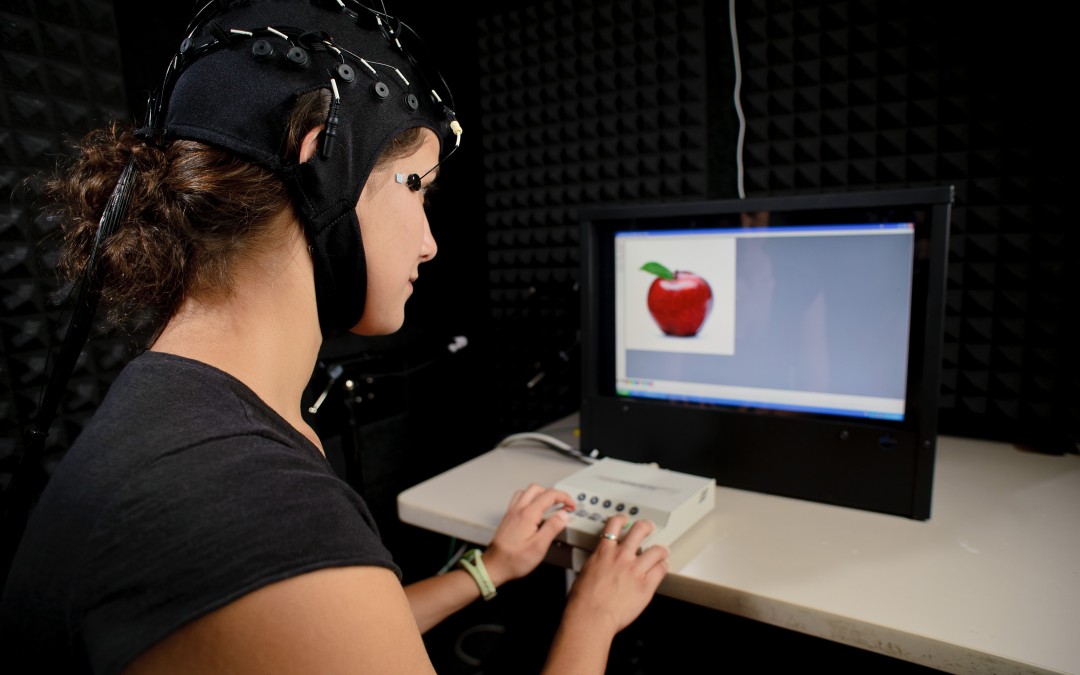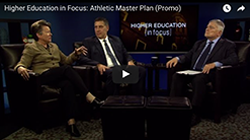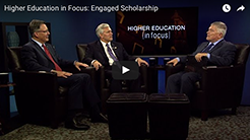Another brown bag lunch turned into a “wow” moment for the power of Penn State. An informal group of faculty and students from two colleges, the College of the Liberal Arts and the College of Health and Human Development, joined together starting in 2003. They found themselves through common interests and turned those interests and interactions into a large and vibrant group of scholars called the Language Science Research Group. Today, the Center for Language Science (CLS) has millions of dollars of research funded through the National Science Foundation’s Partnership for International Research and Education Program (PIRE). The interests of the group are diverse – from language acquisition to bilingualism to cognition to neurobiology. Their research and education goals are equally diverse – to dispel myths associated with bilingualism; to delay the onset of age-related dementia and memory loss; to address speech disorders; and to enrich lives through the deeper appreciation of the cultures and peoples across the world.
I had no idea that we could harness a science of the bilingual mind for so many applications and purposes.
I enjoyed the brown bag lunch immensely, but I really need to give a tip of my hat to CLS for a very different reason. I heard a great overview and then was introduced to a group of graduate students who described their roles as mentors to undergraduates — and then, all of the science presentations were given by undergraduate students. Undergraduates in laboratories, in communities around the world, even in isolated areas of the world were the language is endangered. These students were deeply engaged in research — designing and completing experiments focused on truly interesting problems. I left the lunch realizing that here was another remarkable example of what can only be described as a scholarly community — tightly knit among faculty, graduate students and undergraduates. And in the process, CLS is providing educational opportunities that are transformative for a wonderfully diverse and engaged set of young scholars and, very clearly, creating the language scientists of the future. As just two examples, one project worked to understand code switching (switching back and forth between two languages in conversation) and then another explored if bilingual speed and accuracy depended on whether words were concrete (an object) or more abstract.
I had no idea that language science could be so diverse and so fascinating. Now, if only I had known at the age of 4 that I could have staved off memory loss today if I could actively speak more than one language!
You can learn more about CLS at http://cls.psu.edu/research.
I look forward to that next brown bag — keep the invitations coming.






0 Comments